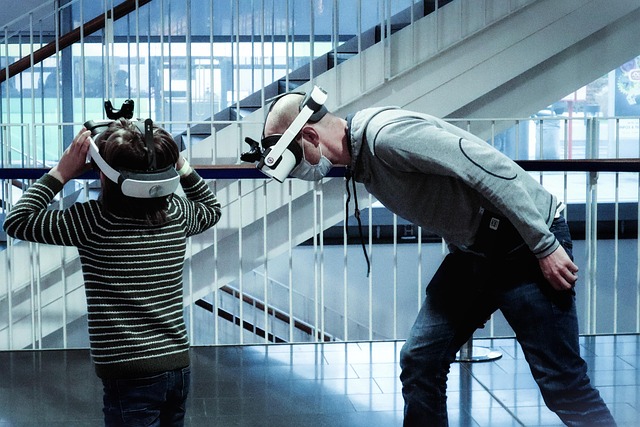As we dive deeper into a digital era characterized by immersive experiences, the concepts of Virtual Reality (VR), Augmented Reality (AR), and the Metaverse are increasingly becoming integral to our everyday lives. At the heart of these revolutionary technologies lies the critical factor of network communication, which paves the way for seamless interactions and experiences in these expansive digital worlds.
Virtual Reality transports users to entirely new environments, offering escapism and interaction that traditional media simply cannot. The power of VR lies in its ability to create a fully immersive experience, whether you’re exploring the depths of the ocean, training as an astronaut, or engaging in an exhilarating gaming adventure. However, this level of immersion requires robust network communication systems that can handle vast amounts of data in real-time. Low latency and high bandwidth are essential; otherwise, the experience can falter, leading to disorientation and loss of engagement. The continuous development in network technologies, such as 5G, serves as a backbone for VR applications, enabling flawless connections that breathe life into virtual environments.
On the other hand, Augmented Reality enhances our perception of the real world by superimposing digital information onto it. Whether through smartphones or AR glasses, the beauty of AR lies in its potential to blend reality with virtual components seamlessly. The effectiveness of AR technology is directly tied to efficient network communication. Imagine standing in a museum, with AR transforming static exhibits into interactive experiences that provide additional context and information about the artwork. To achieve this seamlessly, quick access to cloud-based databases and real-time data processing is crucial, hence highlighting the importance of strong network solutions that can sustain AR applications in various environments.
Then we arrive at the Metaverse — the collective virtual space that encompasses the digital extension of physical reality. It represents a convergence of VR and AR, offering alternate worlds where users can work, socialize, and entertain themselves. As the Metaverse evolves, the demand for efficient network communication becomes ever more pronounced. With millions of users interacting simultaneously, the Metaverse requires resilient infrastructure capable of supporting extensive data transmission, real-time interactions, and an array of devices. The design of immersive environments where users can freely navigate and interact hinges not only on cutting-edge VR and AR technologies but also on sophisticated networking solutions that ensure efficiency, security, and scalability.
As we navigate through this landscape dominated by the possibilities of VR, AR, and the Metaverse, the importance of network communication cannot be overstated. It is the invisible thread weaving through the fabric of these technologies, making immersive experiences feasible and enjoyable. The future beckons with enticing promises of how we will work, learn, and play in interconnected realities, challenging us to optimize our networks continually and push the boundaries of what’s possible in these enriched digital realms.




